Let’s get straight to it: yes, epoxy tables can yellow. And yes, I’ve had it happen. Not right away—but enough that I noticed. Sometimes it was subtle, sometimes not. But over the years, I’ve figured out what causes it, how to slow it down, and when it’s just part of the process.
What Causes Epoxy Resin to Yellow
UV Light and Direct Sun Exposure
This is the #1 culprit. UV rays break down the chemical bonds in epoxy over time. Even indoor sunlight through windows can cause gradual yellowing. Clear resin is especially vulnerable if not UV-stabilized. I learned the hard way after leaving one of my favorite river tables near a window. Beautiful table… with a warm amber hue I didn’t plan for. I go deeper into this in my blog on outdoor epoxy durability.
Heat, Oxidation, and Age
Even in total shade, epoxy still changes slightly over time:
- Oxidation adds a faint yellow tint with age
- High temps (like hot drinks, nearby radiators) speed things up. Here’s what I’ve learned about heat resistance.
- Over years, even premium epoxy will warm slightly unless protected
Low-Quality Epoxy (Yes, It Matters)
Cheap epoxy = fast yellowing. Many budget brands skip UV inhibitors to cut costs. Some will show signs of ambering within months, even indoors. I’ve tested side-by-side—and the difference is clear (or not so clear). If you’re just starting out, check this breakdown of resin types.
Mixing Mistakes That Speed Up Yellowing
Bad ratios = bad aging. Too much hardener or resin = soft, cloudy, or discolored results Overheating during the pour can trigger premature yellowing Improper curing means the resin breaks down faster over time

This image shows clear epoxy after approximately 8 years of regular exposure to sunlight
What Yellowing Actually Looks Like
Subtle Tint vs. Full Discoloration
- Light yellowing: warm tone, slight amber glow
- Heavy yellowing: murky, discolored, sometimes patchy
- Often starts around edges, corners, or under objects exposed to heat/light
Clear Epoxy vs. Colored Resin: Which Holds Up Better
- Colored resin hides yellowing better—especially darker pigments
- Clear epoxy shows every hint of aging
- Tinted pours (e.g. smoky gray, light blue) are a great middle ground
Glossy Finishes and How They Age
- Glossy resin reflects light—so even slight yellowing stands out
- Matte or satin finishes soften the effect and age more gracefully
- I now use matte finishes for high-light spaces. Here’s what I’ve found works best.

Can You Prevent Yellowing? What’s Worked for Me So Far
The UV-Resistant Resin I Switched To
After testing multiple brands, I now only use UV-resistant epoxy—formulated with HALS (hindered amine light stabilizers).
What I look for:
- “UV stable,” “non-yellowing,” or “marine-grade” on the label
- Brands with real-world reviews from artists using them outdoors
- I also use UV additives when I want extra insurance
Finishes That Add Extra Protection
- Polyurethane topcoats with UV blockers
- Spar urethane for outdoor or sun-exposed pieces
- Even a thin seal layer can protect the epoxy underneath
Why I Never Skip Coasters or Tablecloths Outdoors
Simple habits, big payoff:
- Keeps sunlight and heat from creating ring marks
- Protects the surface under mugs, dishes, or planters
- Helps maintain even color tone long-term
My Storage and Display Habits (Game-Changer)
Here’s what I do now:
- Rotate pieces in sunny spots every few months
- Avoid leaving tables in direct sun for hours at a time
- Cover or bring them inside during the off-season

Can You Fix Yellowed Epoxy? It Depends…
Sanding and Polishing Light Yellowing
Surface-level ambering?
- Wet sanding and buffing *can* help
- Use 600–2000 grit followed by a polishing compound
- Removes oxidized top layer—but only if the yellowing hasn’t gone deep
Recoating vs. Recasting
- Recoating: works for mild to moderate yellowing—adds a fresh layer on top
- Recasting: needed if yellowing goes deep or affects the entire pour. I’ve done both—recasting is a big project but can fully revive a piece. My repair tips are all in this blog.
When It’s Better to Embrace the Patina
Sometimes, the warm tone just works. For rustic or natural wood tables, yellowing adds warmth. Colored resins take on a vintage glow. I’ve had clients say the aged look felt more organic and lived-in.

Real Talk: Is Yellowing a Dealbreaker?
What I Tell Clients Who Want “Forever Clear” Resin
I’m honest: No resin stays perfectly clear forever. But with the right materials and care, yellowing can be so slow and minimal, you won’t notice it for years. I talk more about expectations in this reflection on epoxy table value.
Projects I Don’t Recommend Epoxy For
- Outdoor bars or tables in full sun
- Pure clear tabletops without pigment
- Installations near south-facing windows with zero shade
When Yellowing Actually Looks Good
- Over warm wood (walnut, cherry), it enhances the tone
- With beach-themed pours, it adds a sun-kissed glow
- For boho or vintage styles, it fits the vibe perfectly. See examples in our Sunlit Forest collection.
FAQs About Epoxy Resin Yellowing
Can You Leave Epoxy Tables Near Windows?
Only with UV protection. Otherwise, you’ll get uneven yellowing over time—especially where light hits most.
Do All Brands Yellow Eventually?
Most do, even the good ones—but premium UV-stable brands yellow way slower. Some barely change at all after years. Learn what separates the good from the bad in this blog comparing epoxy types.
What’s the Best Finish for UV Protection?
- Marine-grade varnishes
- Spar urethane
- Polyurethane topcoats with built-in UV blockers
- Use those over cured epoxy for best results. I also list them on our Finishes & Maintenance FAQ page.
Common Questions About Epoxy Table Yellowing
Do epoxy tables yellow over time?
Yes—but how much depends on the resin you use, how much sunlight it gets, and whether you top it with a UV-blocking finish. Mine started to yellow after a couple of years in direct sun. It was gradual, but noticeable. If you're using clear resin, expect some change unless you take preventive steps.
How do you keep epoxy from turning yellow?
My biggest wins have come from using UV-stable resin and topping it with polyurethane finishes with UV blockers. I also avoid leaving tables in direct sun, rotate them occasionally, and use tablecloths outdoors. Little habits go a long way.
Do epoxy boards go yellow?
They can. Especially boards with clear or lightly tinted resin. If it’s functional—like a cutting board—the heat, sunlight, and wear can age the epoxy faster. I’ve seen some of my early pieces take on a warm amber tone after just a year near a window.
Do epoxy countertops turn yellow?
Countertops are especially prone since they deal with heat, UV, and cleaning chemicals. If you’re installing one, go for marine-grade resin and a strong topcoat. Otherwise, yes—they can yellow over time, especially near windows or under harsh lighting.
What if my resin turned yellow in the bottle?
If your epoxy resin is yellowing in the bottle before you even use it, that’s usually a sign of age or poor formulation. It may still cure, but the end result will likely have a tint. I always check batch dates and store resin in a cool, dark place.
Can I add blue to epoxy to prevent yellowing?
Yes—this is a trick I’ve used for years. Adding a tiny bit of blue pigment helps neutralize the warm tones that appear as resin yellows. It won’t stop yellowing entirely, but it makes the aging process look more balanced and less obvious.
How do I fix yellowed epoxy?
If the yellowing is just surface-level, wet sanding and polishing might help. For deeper yellowing, your best bet is either recoating with a fresh layer or doing a full recast. I’ve walked through both options in my epoxy table repair blog.
Is there a non-yellowing epoxy resin?
No resin is 100% immune, but some are much better than others. I’ve had great results with UV-stabilized epoxy like EcoPoxy FlowCast. Look for terms like “non-yellowing,” “marine-grade,” or “UV stable” on the label. Anything without those is a gamble.
Final Thoughts: Living with Resin Tables That Age Well
What I’d Do Differently (And What I’d Never Change)
- I’d never skip UV-resistant epoxy again
- I’d go matte more often—it ages gracefully
- I’d stop chasing “perfectly clear” and start designing for real life
Why “Perfectly Clear Forever” Might Not Be the Goal
Some aging is natural. It tells a story. And for me, the goal isn’t perfection—it’s creating something that still feels beautiful after five, ten, twenty years. That’s what matters. —
Yellowing is real—but it’s not the end of the world. With the right prep, resin, and expectations, your epoxy table can age like the good kind of whiskey—just a little warmer over time.
Thanks for taking the time to read—I really appreciate it. I hope something in my process (or my mistakes) helps you along the way. If you want a custom piece or hit a wall building your own, feel free to drop a comment or reach out—happy to help. Have a blessed day!
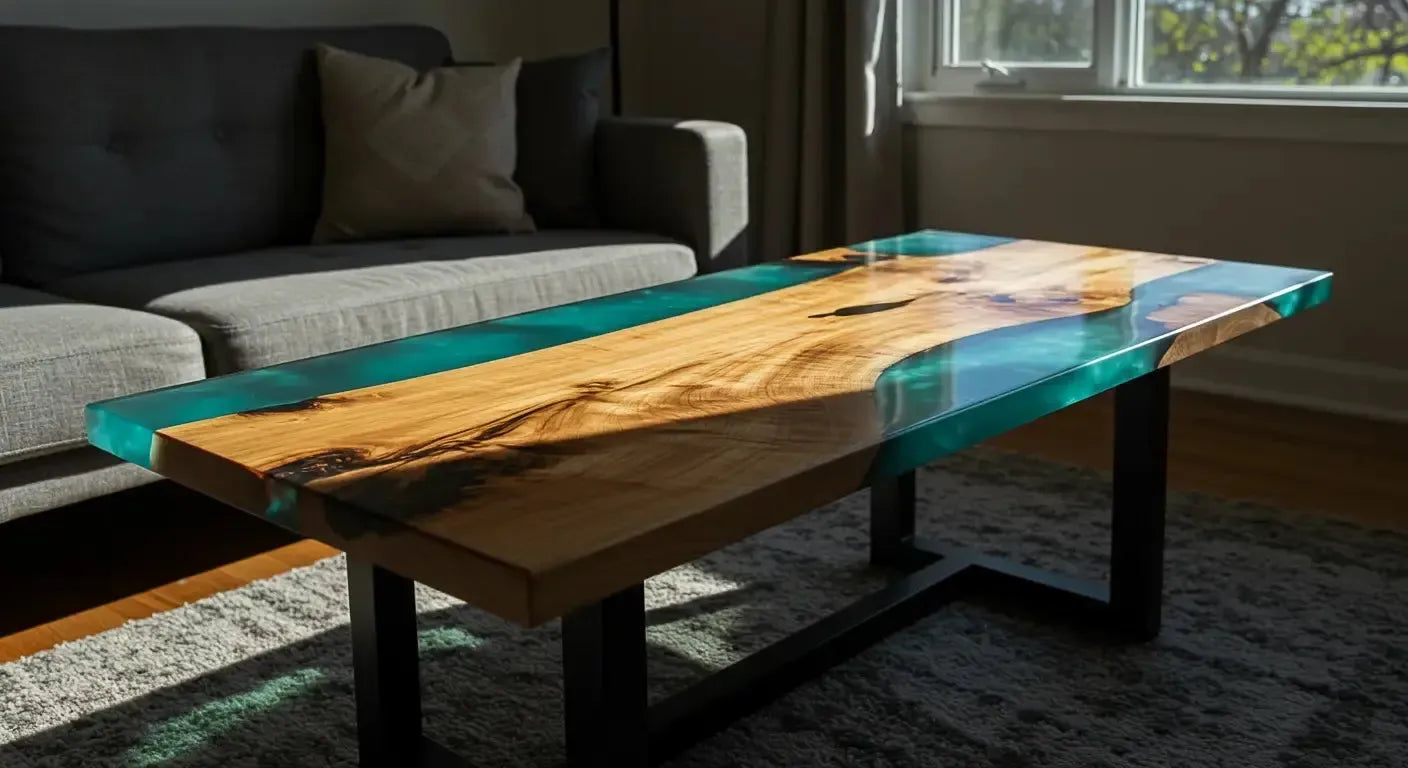
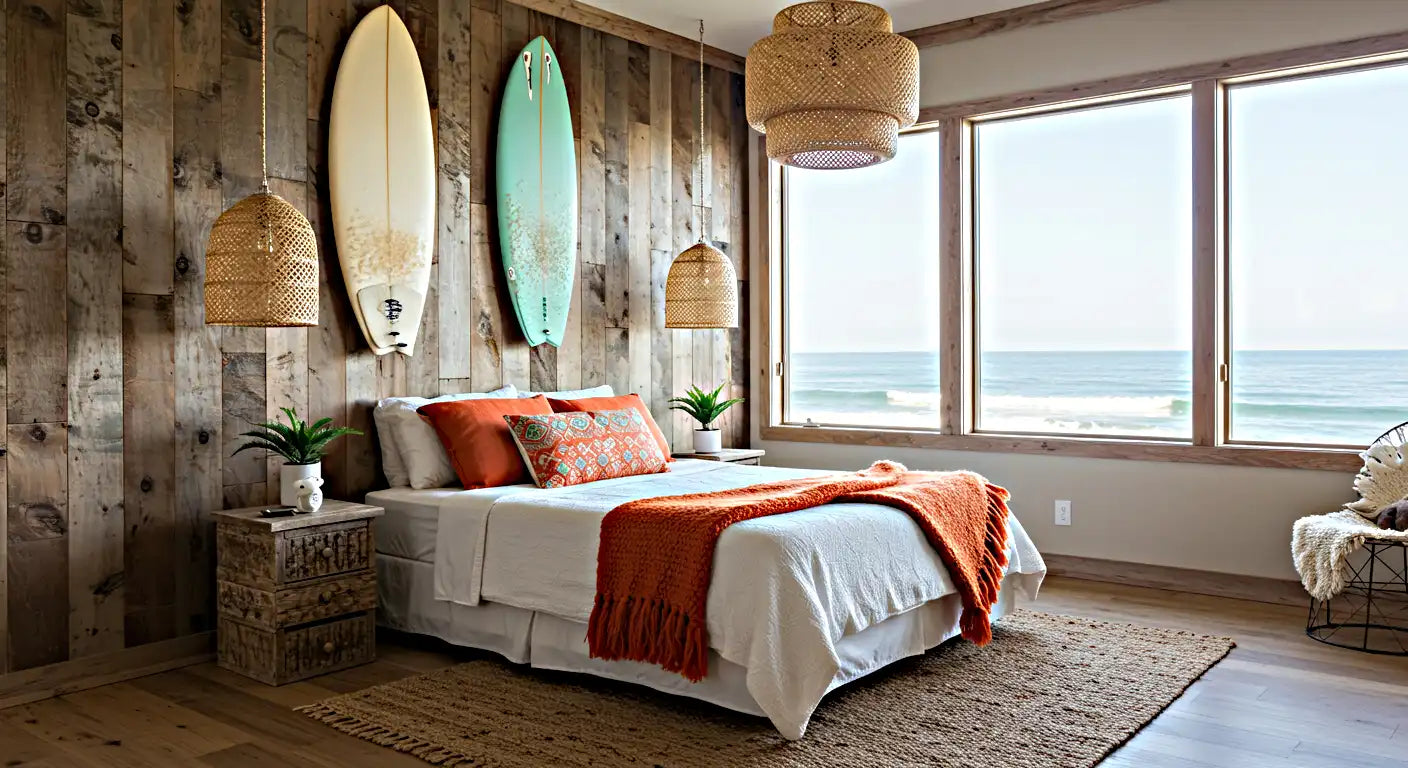

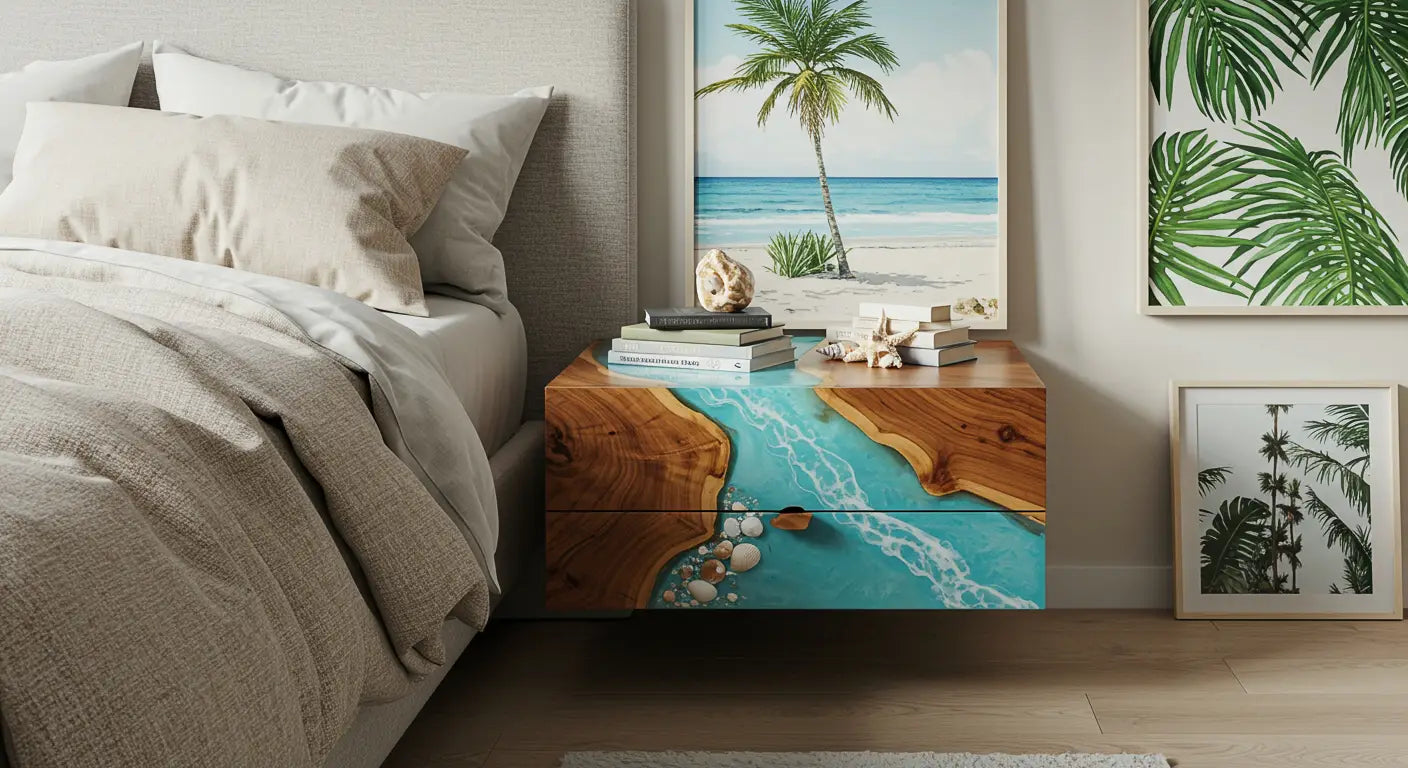
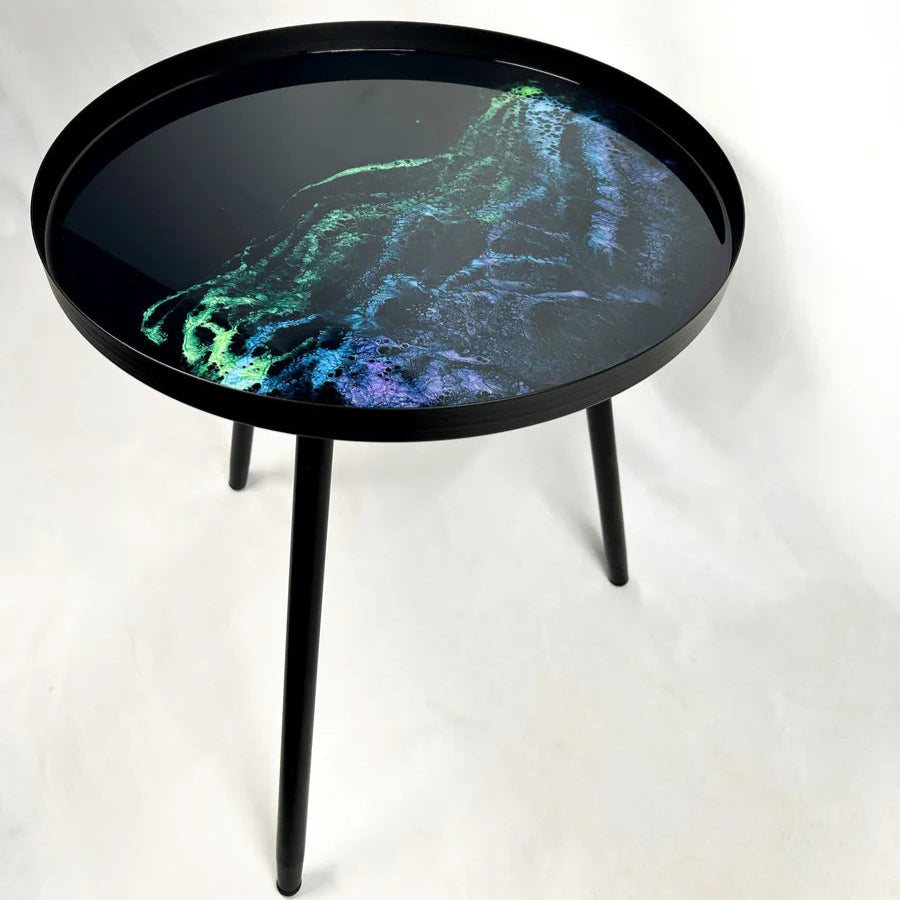
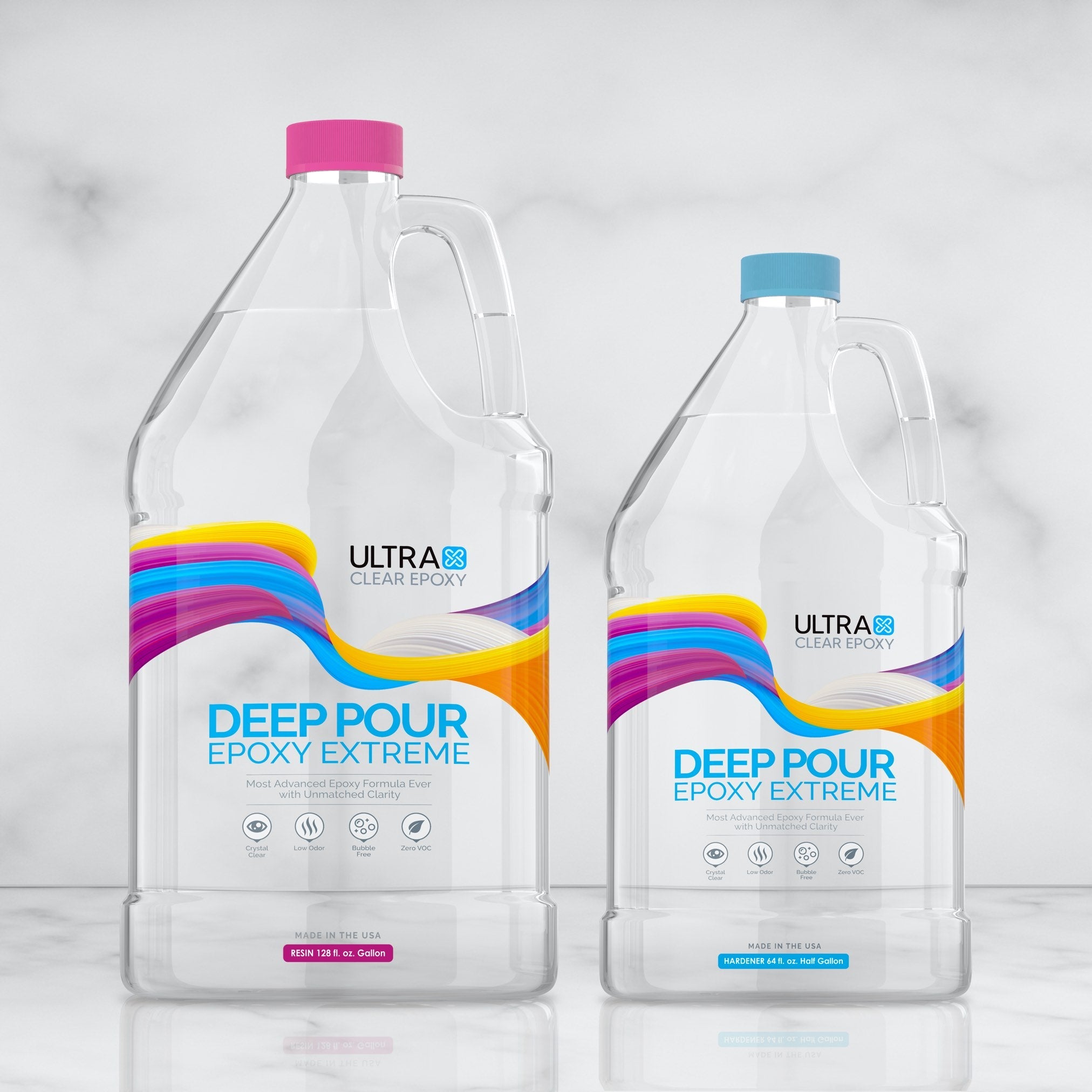
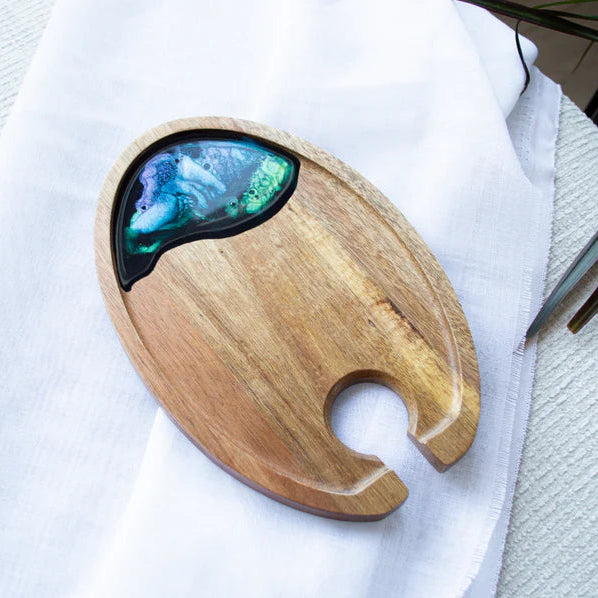
Share: